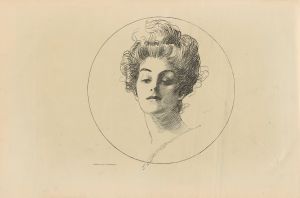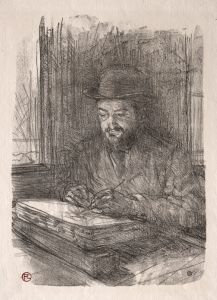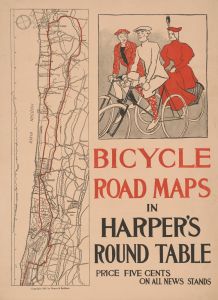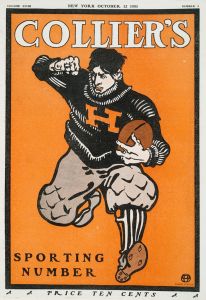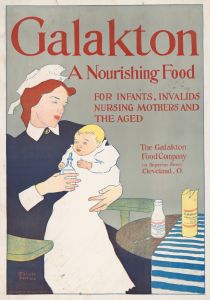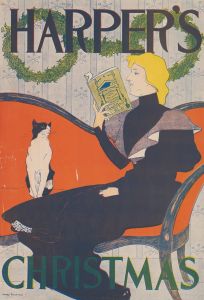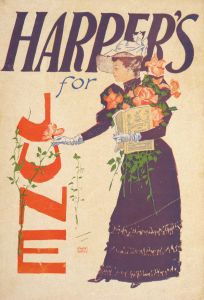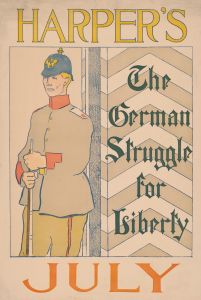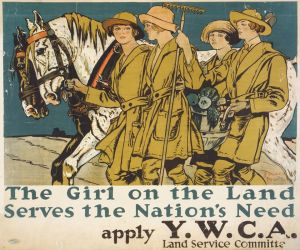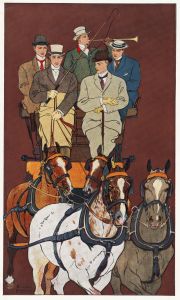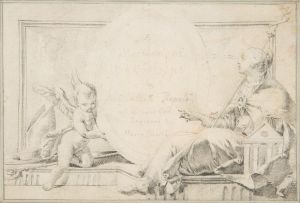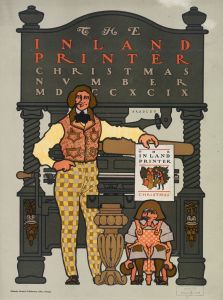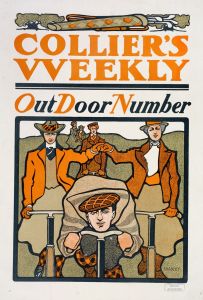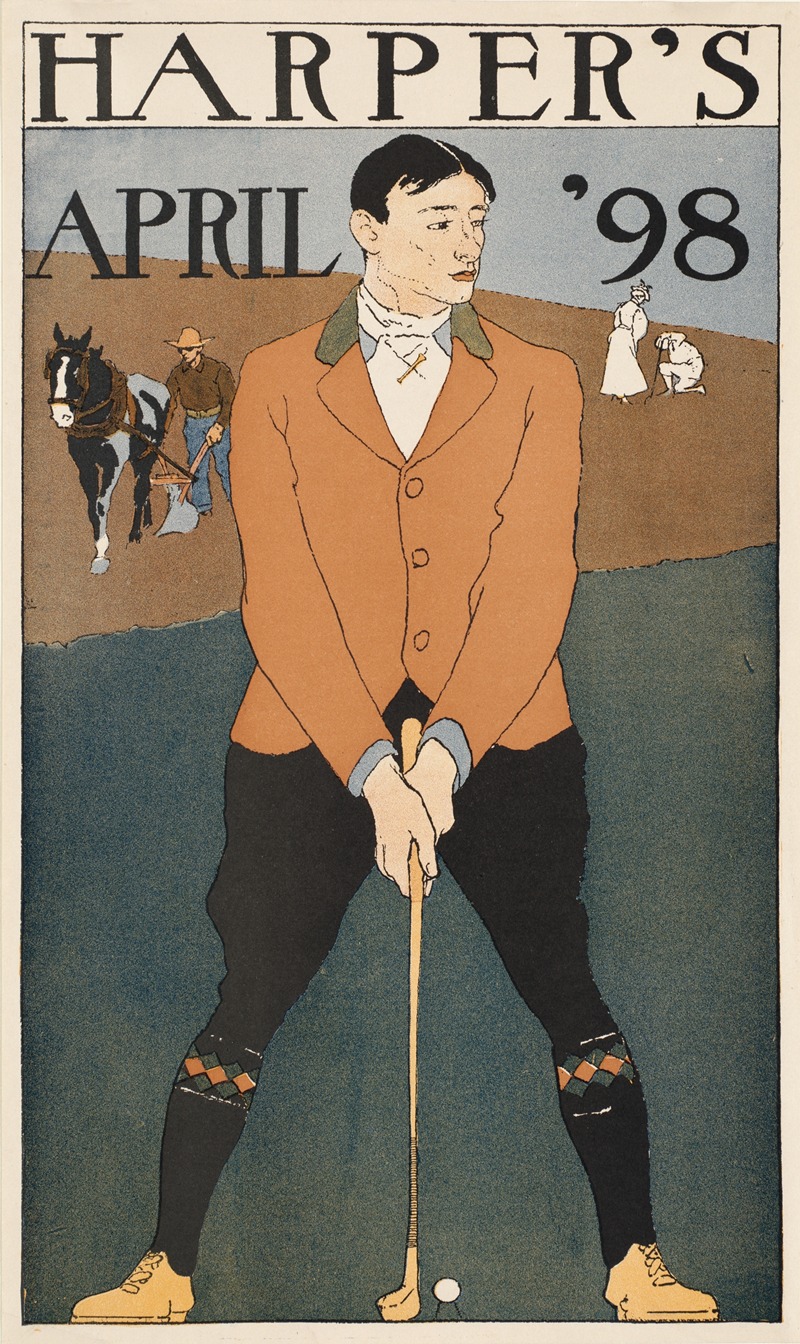
Harper’s April ’98
A hand-painted replica of Edward Penfield’s masterpiece Harper’s April ’98, meticulously crafted by professional artists to capture the true essence of the original. Each piece is created with museum-quality canvas and rare mineral pigments, carefully painted by experienced artists with delicate brushstrokes and rich, layered colors to perfectly recreate the texture of the original artwork. Unlike machine-printed reproductions, this hand-painted version brings the painting to life, infused with the artist’s emotions and skill in every stroke. Whether for personal collection or home decoration, it instantly elevates the artistic atmosphere of any space.
Edward Penfield's Harper’s April ’98 is a notable example of American poster art from the late 19th century. Created in 1898, this work was designed as a promotional cover for the April issue of Harper’s Magazine, a prominent publication of the time. Penfield, often regarded as one of the fathers of American poster art, was the art director for Harper’s Magazine from 1891 to 1901. During his tenure, he produced a series of monthly cover illustrations that are celebrated for their innovative design and artistic quality.
The artwork for Harper’s April ’98 reflects Penfield’s signature style, which combined elements of Art Nouveau with a distinctly American sensibility. The composition typically features a central figure or scene rendered in bold, flat colors and clean lines, a hallmark of Penfield's approach to graphic design. This style was influenced by European poster artists of the time, such as Henri de Toulouse-Lautrec, but Penfield adapted it to suit the tastes and cultural context of an American audience.
In Harper’s April ’98, Penfield depicts a fashionable woman reading a copy of Harper’s Magazine. She is dressed in contemporary attire, which not only reflects the fashion trends of the late 19th century but also serves to position the magazine as modern and sophisticated. The background is minimal, ensuring that the focus remains on the figure and the magazine she holds. This simplicity of design was a deliberate choice, as it allowed the poster to be easily legible and visually striking, even from a distance.
Penfield’s work for Harper’s Magazine was instrumental in elevating the status of commercial art in the United States. His posters were not merely advertisements but were also appreciated as standalone works of art. They were often collected and displayed, contributing to the growing recognition of graphic design as a legitimate artistic discipline.
Harper’s April ’98 is part of a larger body of work that exemplifies the transition from Victorian-era illustration to modern graphic design. Penfield’s contributions to the field have had a lasting impact, influencing generations of designers and solidifying his place in the history of American art. Today, his posters, including Harper’s April ’98, are studied and admired for their artistic merit and historical significance.





